Installation Techniques - A difference to Others
We are the only Integrator in Chennai, following the 'Open Architecture Numbering Systems for the Racks and Cable links' and strictly following the cabling guidelines to retain the basic characteristics of the cable and the protecting the investment on the category of the cable.
Cable Route Over False Ceiling

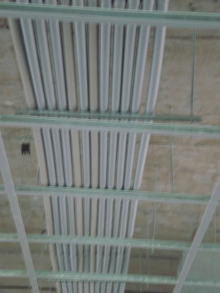
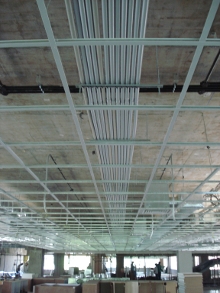
False ceiling is a high EMI/ESD area and unless the cables are run in an enclosed grounded metallic enclosure, the data will suffer a lot while on working electricals and AHUs.
Cable Route down Grano Flooring (before Tiling)
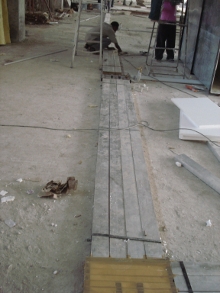 |
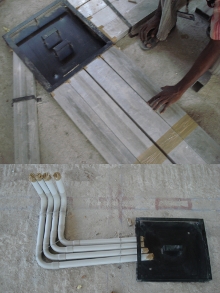 |
It is a plane, where no EMI/ESD has impact on data. Separation of data and power cabling shall be planned well and done to safe. It is economical too. Use of even PVC conduits is enough.
Conduit Planning for Cabling
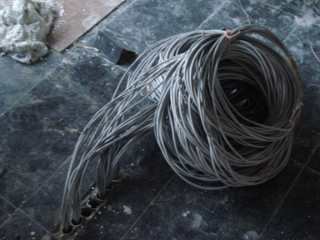
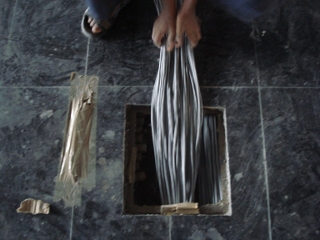
Either PVC or metallic conduits planned to contain cables in it should be planned to have a free air volume of 20% . This will help the conduits to dissipate the electrical sweating of the data cables within it. Packing to 95% of the cable using oil pull will degrade the category of the cable.
Bending Radii in Junction boxes and Corners in the Trenches
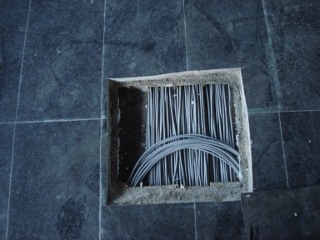
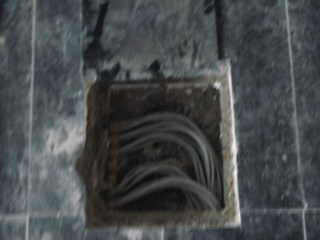
It should be minimum of 5 times the diameter of the copper cable and 10 times the radius of the fiber cable for better performance.
We Lay the cable and never a Pulling
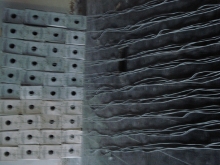

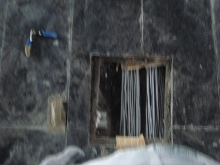
Only Certified Installers can do laying of cable, rounding of excess cable at ends safe before termination. More improper hands will spoil the inner twist hence pushed to lower category.
Pulling will down grade the cable Category
Nowadays many of the corporate companies not aware of necessity to retain the physical characteristics of the cable for the said performance, entrust cabling to electrical contractors as they charge lower than us like Certified Integrators. This attitude earns a loss of cable characteristics and to performance. Immediate future technology never can be accommodated in the cabling, which by nature is possible)
Labeling Techniques for Structured Copper Cabling Components
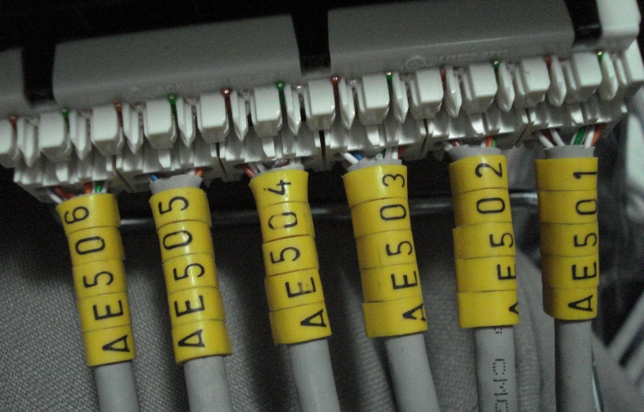
As we learned from Molex - Cisco, for a high dense networking,
- all the Racks are identified using alphabetic (A ..ZZZ) irrespective of multi_floors/server
rooms
- jackpanels' position from the top of the rack is identified vertically down using numerals (1..Fhex). - ports are identified from left to right using 2 digit numerals (01..48). Thus, AE505 indicates 5th port in the 5th jackpanel fixed in the rack AE. Reading this ID in the Information Oulet will make one to visualize port in the Rack.
Ferruling of Inter_Rack/Floor Copper Backbone Cabling
It is only 'inter rack cabling' in this topology irrespective of floors and wings.
Assume to run a 8 nos. backbone cables from Rack D to M placed in different locations.
- At D end, it will be ferruled or labeled as D M301 to D M308
- Likewise at M end labeled as M D401 to M D408
Only jack panel position and Port ID will differ and nothing else more
Ferruling of Inter_Rack/Floor Fiber Backbone Cabling
It is only 'inter rack cabling' in this topology irrespective of floors and wings.
Assumed to run a 2 runs of 6 Core OFC backbone cables from Rack D to M. It should
be labeled for channels and not to cable count. 2x6 = 12 Cores will make 6 channels in
between.
- At D end, it will be ferruled or labeled as D M01 to D M06
- Likewise at M end labeled as M D01 to M D06
Since OFC density always will be small, LIU position in the rack has no impact on the
position of jack panel fixed in the Rack.
